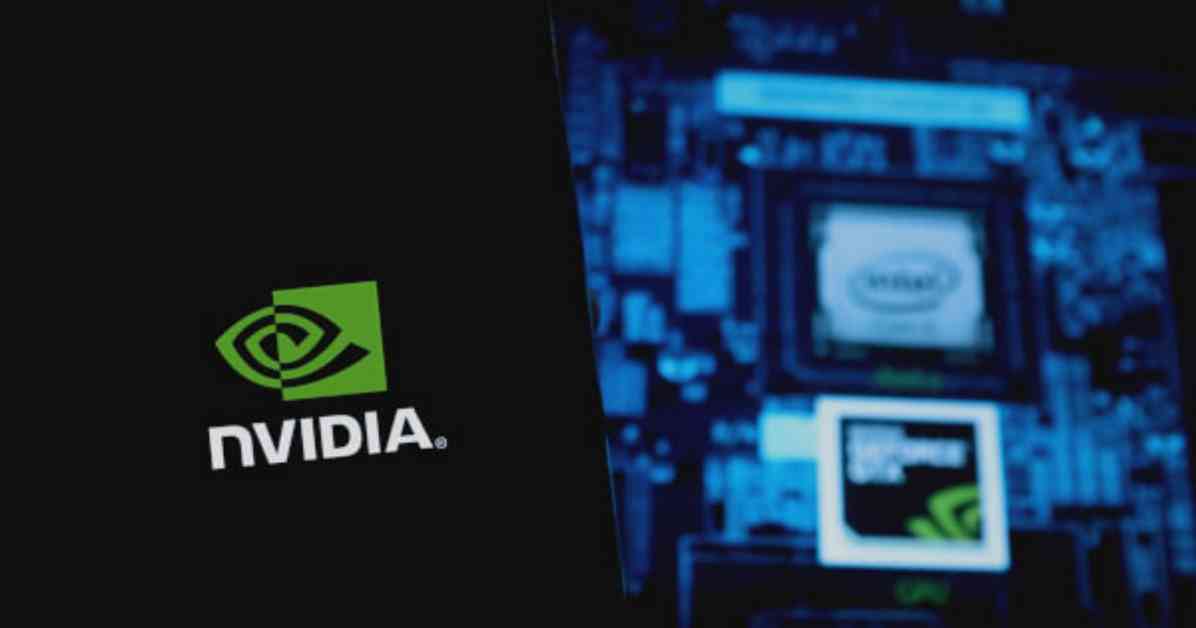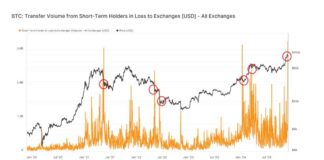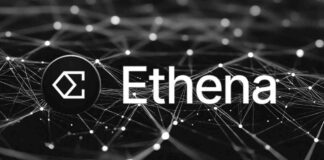NVIDIA just dropped some big news in the world of real-time rendering technology with their latest release of vk_gaussian_splatting. This new Vulkan-based sample is set to revolutionize the way complex 3D scenes are rendered, all thanks to the magic of Gaussian splatting. Essentially, this technique represents 3D scenes as a bunch of anisotropic Gaussians floating around in space, as per what NVIDIA shared on their blog.
So, why does this matter? Well, for starters, this breakthrough allows for the rendering of photorealistic scenes in real-time using only a small number of images. This is a game-changer for industries like gaming, virtual reality, and professional visualization. The vk_gaussian_splatting sample is part of NVIDIA’s DesignWorks Samples, which basically shows off just how awesome this volume rendering technique really is.
Now, the NVIDIA DevTech team is all over this new sample project as it gives them a chance to dive deep into different methods for visualizing 3D Gaussian splatting (3DGS) in real-time. By testing out various techniques and optimizations, the team hopes to shed some light on performance, quality, and implementation trade-offs when working with the Vulkan API. The initial setup uses rasterization and demonstrates two ways to render splats: one with mesh shaders and another with vertex shaders.
But hold on, there’s more! Gaussian splats need to be sorted back-to-front for alpha compositing to work correctly. To make this happen, NVIDIA offers two sorting methods: a GPU-based Radix Sort in a compute pipeline and a CPU-based asynchronous sorting strategy using the C++ STL’s multithreaded sort function.
The vk_gaussian_splatting sample goes above and beyond, allowing users to explore different aspects of this rendering technique. It offers multiple visualization modes, a full benchmarking system for real-time profiling, and detailed insights into RAM and VRAM memory consumption. Plus, it provides GPU timings for each stage of the various techniques being tested, giving a clear picture of potential bottlenecks and workloads.
If you’re a developer looking to play around with Gaussian splatting rendering techniques and Vulkan-based optimizations, vk_gaussian_splatting is the perfect starting point. Check out the NVIDIA blog for more info and access to the sample. And who knows, maybe this could be the start of something amazing in the world of real-time rendering.














